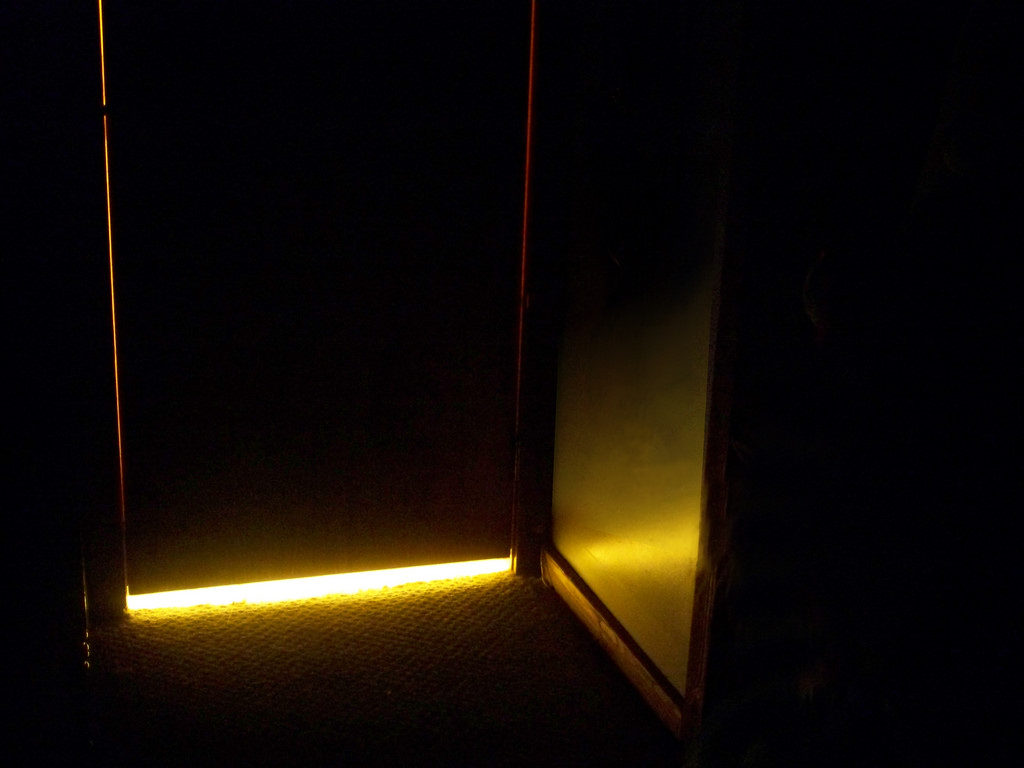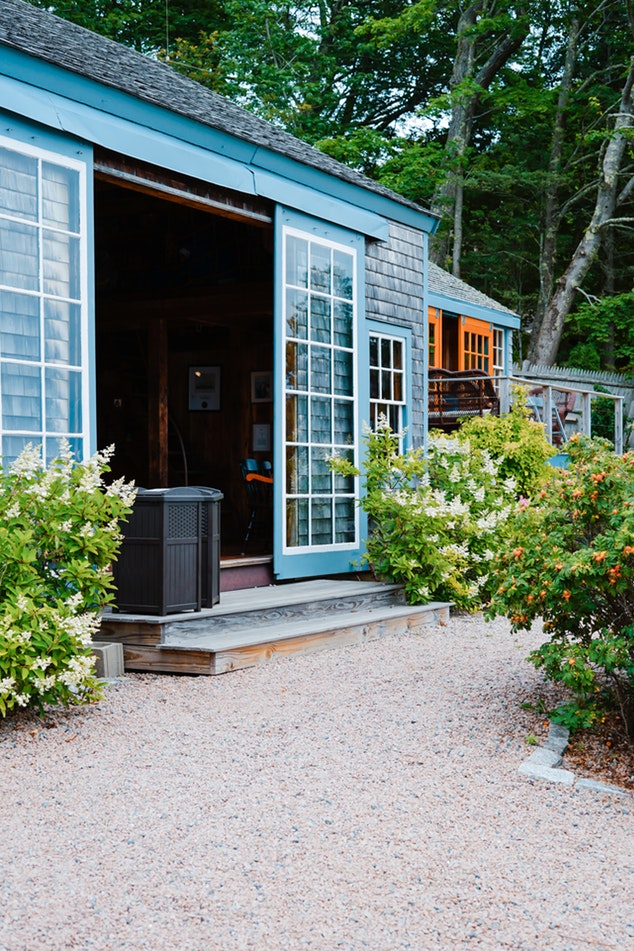 Don’t Lose Your Cool – Last week there were devastating fires and a heat wave on Queensland’s Sunshine Coast and it was snowing in Victoria. That’s global warming for you.
Don’t Lose Your Cool – Last week there were devastating fires and a heat wave on Queensland’s Sunshine Coast and it was snowing in Victoria. That’s global warming for you.
Maybe the snow will last until Christmas time just in time for Santa to feel just that little bit more at home. If you come from the land down under, or even if you are anywhere south of the equator, (perhaps down Mexico way), then summer is knocking at your door.
If you’ve been on the planet for a few trips around the sun then you may have woken up to the fact that running under the sprinkler is a great idea on a hot summer’s day. As humans get older they tend to suffer a loss in tolerance levels and for some reason, as yet unknown to science, running under a sprinkler is not as exciting or as refreshing as it appeared to be in years past.
As high summer approaches, what cunningly clever options are available for those who feel that they would be more comfortable just a few degrees cooler than they presently are?
Apart from running a huge air-conditioner day and night and then again night and day for the three months, there are some tricks you can do to help reduce the inside temperature of your home without quadrupling your electricity bill. If you do run an air-conditioner through the summer, try to limit the use to one room and make sure that the selected room is insulated and well sealed.
You don’t want heat being transferred from another room or from outside into a room that you are trying to keep cool. Choose a room that best suits your needs, the smaller the better, make sure the cat door is kept closed, close the curtains over the windows, reduce the traffic in and out as much as possible and very importantly sealed the bottom of the doors.
 The smaller the room you use the less energy it will take to keep ambient temperature in your comfort zone.
The smaller the room you use the less energy it will take to keep ambient temperature in your comfort zone.
Open cat doors, unsealed ceilings, gaps in the doors or in the floorboards allows heat flow into the room which is exactly what you don’t want.
The windows of a home are thermally one of the weakest points. The glass allows the transmission of heat from one side to the other so on an extremely hot day, in a room that you want to keep cool, close the curtains to stop heat radiating from the glazing.
The cold air in an air-conditioned room is heavier than the warmer air in the room and will fall to the floor. If permitted, it will seep out under the doors. Sealing the bottom of the doors restricts the cool air loss and this reduces the amount of energy required to keep a room at a desired temperature.
You don’t need anything fancy; you just need to stop the flow of cool air out of the room. Blocking the cool air seeping out is the objective so at a pinch you can use a rolled up towel which works perfectly. Whatever you use, don’t lose your cool.
If you have a wooden floor with separations in the boards, then the rising warm air from under the house will enter the room you’re trying to cool and you don’t want that either.
Stopping the “cold” from getting out and stopping the heat from getting in will significantly reduce the amount of electrical energy required to keep the room temperature in the sweet spot.
If the internal construction of your home has included materials with high thermal mass, that is materials that hold heat, then leaving all the homes windows open the night before a hot day will reduce the temperature of the bricks or blocks. Early the following day, close the house up and the temperature inside the home will tend to stay at the temperature of the bricks or blocks within the home.
There is some “thermal inertia” that needs to be shifted before the inside ambient temperature of your home increases. The inside temperatures of homes built on a concrete slab will tend to limit to the temperature of the concrete which is the earth’s temperature at that location.
Where I live just north of Brisbane the ground temperature is consistently around 23° so cooling the thermal mass inside the home through the night and then sealing up the house through the day affords us more comfortable temperatures inside than they are outside on a hot day.
People living in Darwin may need to rethink that because ground temperatures are generally above 30°. Different building designs definitely suit different climates zones. A home that has been sealed up through the day may have internal ambient temperatures lower than external temperatures however the home may feel much hotter. Merely having some air moving makes a big difference. A fan in a sealed room is usually worth the effort because whilst it may not affect the ambient air temperature the moving air certainly seems cooler.
After a hot summers day and before the next one starts the next morning, leave your
windows open to let the inside temperature of the home cool down and seal up the
home before the heat starts the next day and seal under all your doors so you
don’t lose your cool. <<LEARN MORE>>
John Lynn
suburbanoffgridliving.com
